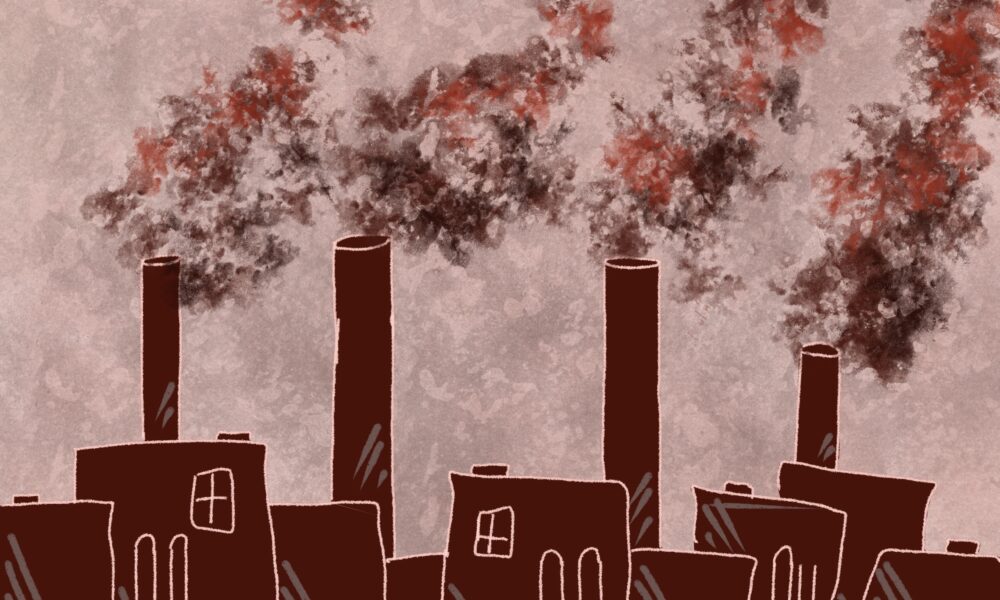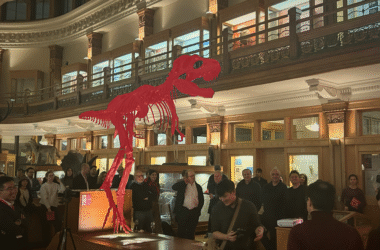At the First Earth Summit in 1972, the world set out guidelines to help preserve the Earth and prevent climate change. Since then, climate change has gained a prominent place in the global political agenda and has remained a matter of international importance for decades. But what has changed since then? Despite 196 countries uniting at the Paris Agreement of 2016 and committing to achieving green goals by 2030, the rate of global greenhouse gas emissions was at an all-time high between 2010 and 2019, and the world continues to experience devastating natural disasters at an increasing rate.
While governments address climate change by implementing policies like carbon taxes, scientists like Hui Su, a Postdoctoral Fellow in McGill’s Department of Chemistry, and Jing-Tan Han, a PhD student at McGill’s C-J Li Lab, have been striving to develop alternative ways to combat the climate crisis.
In a recent paper published in Nature Communications, Su and Han discuss their success in using light to catalyze the conversion of greenhouse gasses, specifically methane and carbon dioxide, into valuable industrial chemicals such as green methanol and carbon monoxide.
“We wanted to combat the climate change caused by the emissions of greenhouse gasses, so that was our starting point,” Han said in an interview with The Tribune.
With a background in small molecule transformation, Han found the reactions he studied often produced carbon monoxide and other greenhouse gasses as byproducts. This observation inspired him to use carbon monoxide and methane as reactants and transform them into useful products.
Since 2014, Han’s team has been dedicated to this research, and after a decade of work, their efforts have begun to come to fruition.
Through their innovative process, gold and palladium ions are added to gallium-nitride, creating a photocatalyst—a substance that alters the reaction rate of a chemical reaction upon exposure to light. With the photocatalyst present, the activation energy required to break the carbon-oxygen bond in carbon dioxide and re-bond that oxygen atom to one of the carbon-hydrogen bonds in methane is decreased, creating methanol.
Methanol, a type of alcohol made primarily from natural gas, serves as a valuable chemical in the production of plastics and construction materials and can be used to fuel vehicles and ships.
Han and Su’s method can synthesize methanol from pollutants without producing any toxic byproducts.
“We didn’t anticipate this product,” Han explained.
Han and Su were expecting the production of carbon monoxide and hydrogen, two gasses that contribute to climate change far less than carbon dioxide, but instead produced methanol and oxygen—a more beneficial result.
This process could help combat climate change—fuel could be created from factory exhaust and other emissions, and recycled to power those same factories and vehicles.
By transforming pollutants like carbon dioxide into usable resources, this new method has the potential to help pull carbon dioxide out of the lower atmosphere, reduce reliance on fossil fuels, and cut greenhouse gas emissions.
Before achieving success, the team spent over six months optimizing each aspect of the project.
“We’re still trying to optimize our parameters, but we are trying to scale this process up,” Han explained. In order to decrease costs, they are looking at utilizing other photocatalysts, such as nickel or iron, as gallium-nitride is comparably expensive. In addition, they are exploring ways to potentially synthesize cheaper gallium-nitride.
In the meantime, while they continue to optimize their product before they commercialize, the team has patented their new technology.
“[It’s a] new, novel process, which has never really been reported before, [so we’ve created] new opportunities for research,” Han expressed.
Moving forward, this advancement in green-energy technology promises to be a useful tool in the global fight against climate change.






